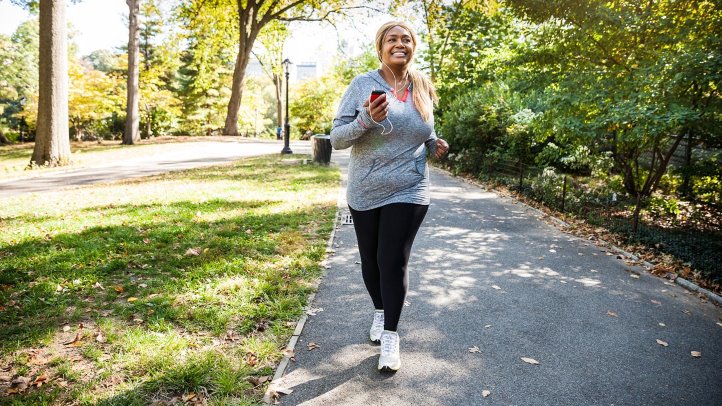People have been aware of diabetes for thousands of years. Learn how discoveries over the ages have led to today's understanding of diabetes.
By Krisha McCoy
Medically Reviewed by Pat F. Bass III, MD, MPH
Scientists and physicians have been documenting the condition now known as diabetes for thousands of years. From the origins of its discovery to the dramatic breakthroughs in its treatment, many brilliant minds have played a part in the fascinating history of diabetes.
Diabetes: Its Beginnings
The first known mention of diabetes symptoms was in 1552 B.C., when Hesy-Ra, an Egyptian physician, documented frequent urination as a symptom of a mysterious disease that also caused emaciation. Also around this time, ancient healers noted that ants seemed to be attracted to the urine of people who had this disease.
In 150 AD, the Greek physician Arateus described what we now call diabetes as "the melting down of flesh and limbs into urine." From then on, physicians began to gain a better understanding about diabetes.
Centuries later, people known as "water tasters" diagnosed diabetes by tasting the urine of people suspected to have it. If urine tasted sweet, diabetes was diagnosed. To acknowledge this feature, in 1675 the word "mellitus," meaning honey, was added to the name "diabetes," meaning siphon. It wasn't until the 1800s that scientists developed chemical tests to detect the presence of sugar in the urine.
Diabetes: Early Treatments
As physicians learned more about diabetes, they began to understand how it could be managed. The first diabetes treatment involved prescribed exercise, often horseback riding, which was thought to relieve excessive urination.
In the 1700s and 1800s, physicians began to realize that dietary changes could help manage diabetes, and they advised their patients to do things like eat only the fat and meat of animals or consume large amounts of sugar. During the Franco-Prussian War of the early 1870s, the French physician Apollinaire Bouchardat noted that his diabetic patients' symptoms improved due to war-related food rationing, and he developed individualized diets as diabetes treatments. This led to the fad diets of the early 1900s, which included the "oat-cure," "potato therapy," and the "starvation diet."
In 1916, Boston scientist Elliott Joslin established himself as one of the world's leading diabetes experts by creating the textbook The Treatment of Diabetes Mellitus, which reported that a fasting diet combined with regular exercise could significantly reduce the risk of death in diabetes patients. Today, doctors and diabetes educators still use these principles when teaching their patients about lifestyle changes for the management of diabetes.
Diabetes: How Insulin Came About
Despite these advances, before the discovery of insulin, diabetes inevitably led to premature death. The first big breakthrough that eventually led to the use of insulin to treat diabetes was in 1889, when Oskar Minkowski and Joseph von Mering, researchers at the University of Strasbourg in France, showed that the removal of a dog's pancreas could induce diabetes.
In the early 1900s, Georg Zuelzer, a German scientist, found that injecting pancreatic extract into patients could help control diabetes.
Frederick Banting, a physician in Ontario, Canada, first had the idea to use insulin to treat diabetes in 1920, and he and his colleagues began trying out his theory in animal experiments. Banting and his team finally used insulin to successfully treat a diabetic patient in 1922 and were awarded the Nobel Prize in Medicine the following year.
Diabetes: Where We Are Today
Today, insulin is still the primary therapy used to treat type 1 diabetes; other medications have since been developed to help control blood glucose levels. Diabetic patients can now test their blood sugar levels at home, and use dietary changes, regular exercise, insulin, and other medications to precisely control their blood glucose levels, thereby reducing their risk of health complications.
CLIMATE CRISIS REPORT
-
*We now have the clearest picture yet of how different the world is today
as a result of human-driven climate change. The most
comprehensive report to da...
2 years ago






























